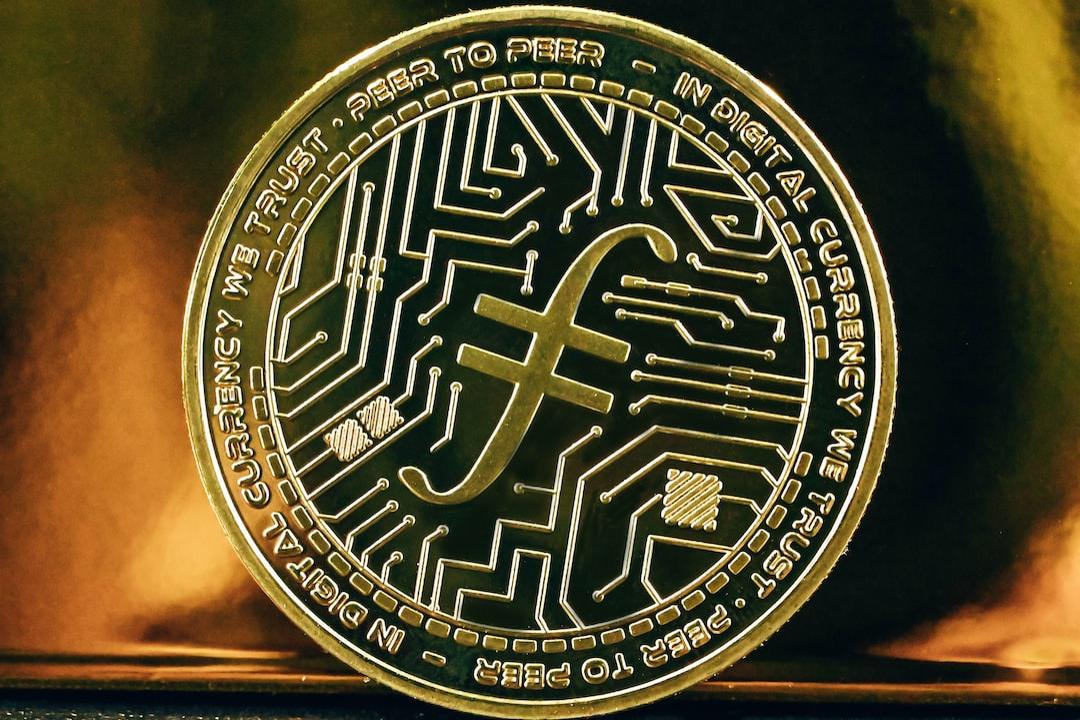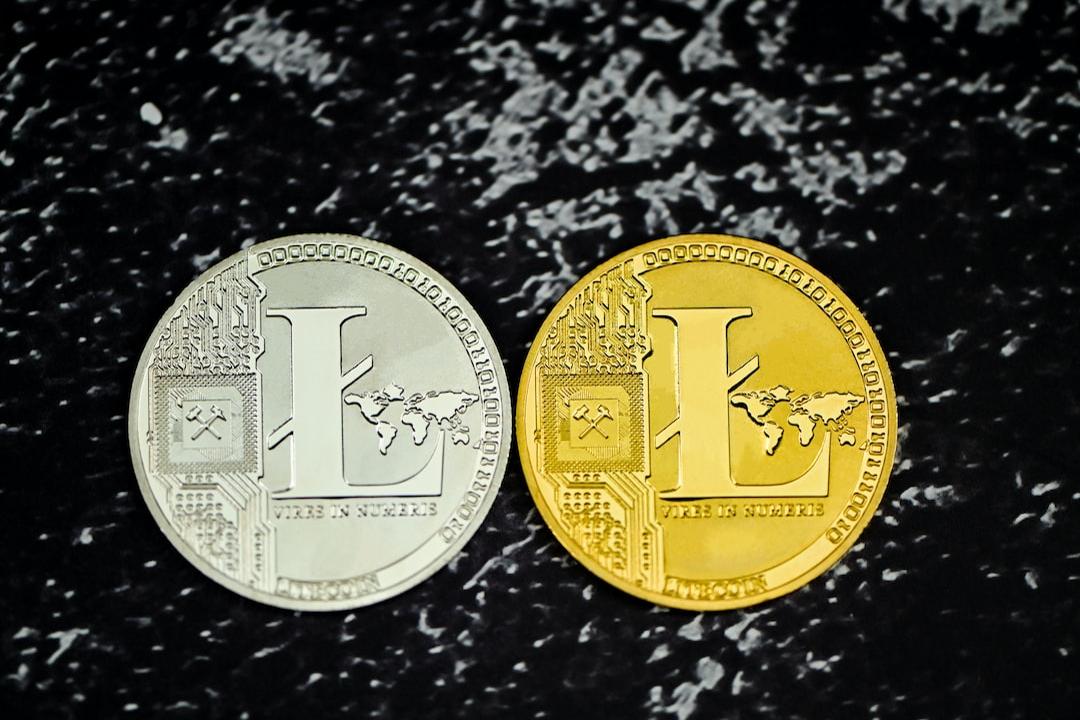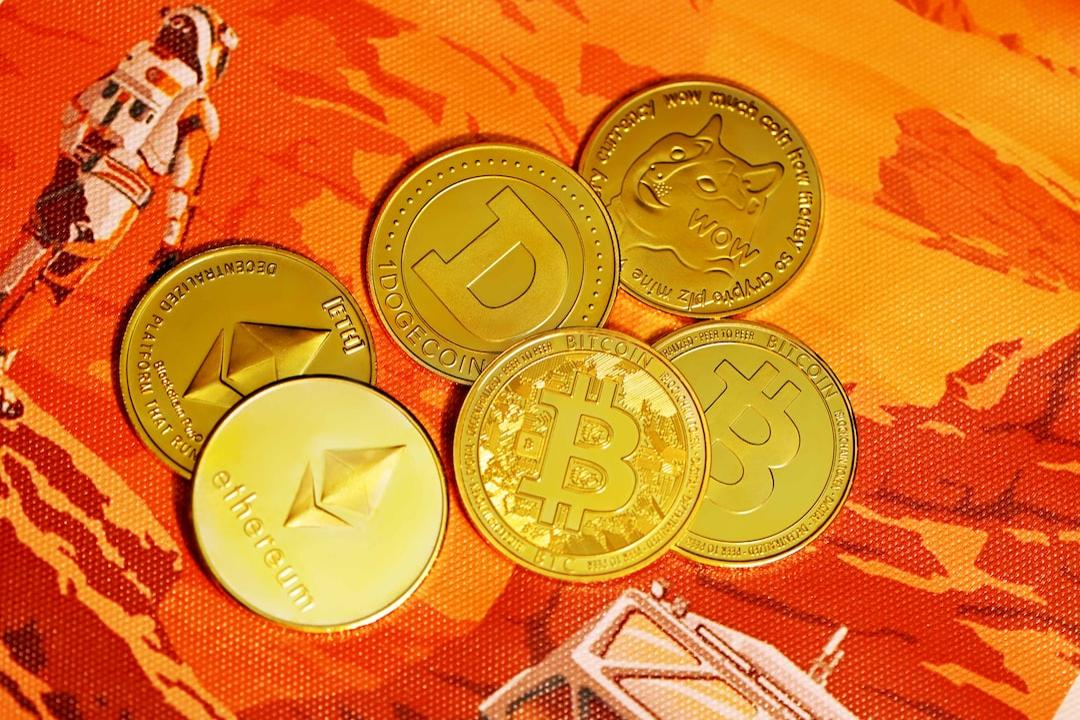Blockchain is the basic technology of Web3 and an important medium for transactions. This article introduces the characteristics of blockchain technology, the operation logic of smart contracts, and the challenges currently encountered.
Table of Contents
What is blockchain technology?
What is a smart contract?
How do smart contracts operate on the blockchain?
Challenges of using blockchain for smart contracts
How to create a smart contract?
This article is a sponsored article written and provided by Get Clicks and does not represent the position of Motion Zone, nor is it investment advice, or a recommendation to buy or sell. See the end of the article for the responsibility warning.
Blockchain technology plays a key role in modern digital transactions, and its decentralized and transparent characteristics open up new horizons for financial transactions. Smart contracts, with their automation capabilities, are a natural fit with blockchain. Understanding the application of blockchain in smart contracts is essential knowledge for contemporary finance.
Blockchain is a decentralized ledger technology used to record transaction data. Its core features, including immutability, decentralization, and transparency, make transaction data extremely difficult to tamper with. Blockchain technology not only serves as the foundation for digital currencies such as Bitcoin and Ethereum, but also supports the application of smart contracts, making transactions more automated.
With the widespread application of blockchain technology, the price of Ethereum has attracted attention in the market due to its importance in supporting smart contracts and decentralized applications.
A smart contract is an automatically executable contract, with the contract conditions directly written into the code. When the conditions are met, the pre-written commands will be executed automatically, commonly used in financial transactions. The concept of smart contracts was first proposed by Nick Szabo in the 1990s. The operation of smart contracts relies on blockchain, as blockchain provides decentralized and tamper-resistant properties, making the contract performance better than traditional human supervision.
In recent years, smart contracts have been applied in finance, real estate, supply chain management, entertainment, such as boxing tournament prize money, and more. Smart contracts run on the blockchain network, and once the predetermined conditions are met, smart contracts will be executed automatically without the need for third-party intermediaries such as traditional industry middlemen, brokers, agents, etc. The decentralization of blockchain eliminates the need for the involvement of third-party human factors, enhancing the trustworthiness of smart contracts.
Its consensus mechanism (such as proof of work or proof of stake) and cryptography play an important role in the verification and security of smart contract transactions. The transparency and immutable nature of blockchain contracts enhance the reliability and security of transactions.
Challenges of using blockchain for smart contracts

Blockchain technology will face scalability issues when handling a large number of smart contracts. For example, when transaction volumes increase, it may cause network congestion and slow down transaction speeds.
In addition, there is currently a lack of legal management for smart contracts. Furthermore, code errors and vulnerabilities in smart contracts are also potential risks because once errors occur, the data will be permanently stored and cannot be changed, and there is a certain probability of code errors. The irreversibility of blockchain is an existing risk.
Creating a smart contract requires several basic steps:
Select a blockchain platform:
Choose a suitable blockchain platform according to the requirements, such as Ethereum or Binance Smart Chain.
Write the contract:
Write smart contracts using Solidity or other relevant programming languages, and compile them before publishing.
Contract publishing and testing:
Testing must be conducted before full publication to ensure that all functions in the code can run normally and that the data is safe.
Sponsored Disclaimer: The content of this article is a sponsored promotional article provided by the contributor and has no relationship with Motion Zone. The article does not intend to provide any investment, asset advice, or legal advice, nor should it be considered an offer to buy, sell, or hold assets. Any services, programs, or tools mentioned in the promotional article are for reference only, and the actual content or rules will be based on the publication or explanation of the contributor. Motion Zone is not responsible for any possible risks or losses, and readers are reminded to carefully verify before making any decisions or actions.

Related Reports
Jay Chou scalped tickets for over 130,000 yuan! Is the blockchain Gas war more fair than centralized ticket purchase? Soul binding to prevent resale
The 2024 Q3 “Taiwan Blockchain Industry Map” is out: tracking 200+ startups, 11+ tracks, and the 6th edition of influential figures selection is now open simultaneously.
a16z: Blockchain has 220 million active addresses, how many real users are there?


